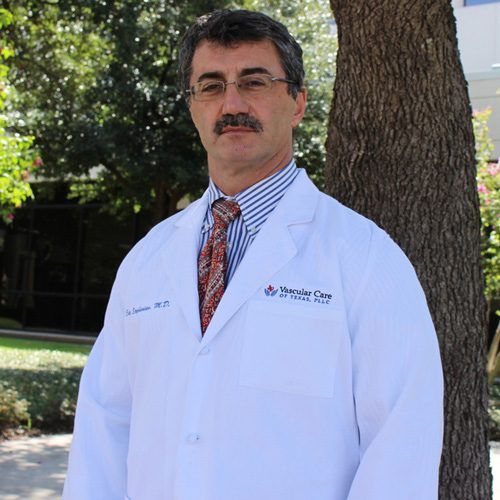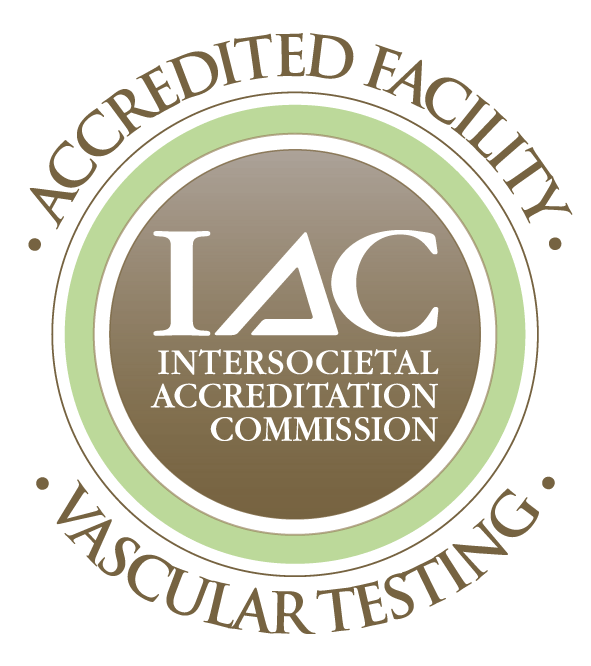Peripheral Artery Disease
At Vascular Care of Texas, your doctor will create a customized plan just for you to treat your peripheral artery disease (PAD).
What is peripheral artery disease?
Peripheral arterial disease (PAD), sometimes called peripheral vascular disease (PVD), is a very common circulation disorder. If you have PAD or PVD, your brain, heart, legs or feet may not get enough blood. This can lead to some serious complications, including ulcers in your hands or feet that don’t heal. If not treated, PAD or PVD could even lead to an amputation.
PAD or PVD may be associated with atherosclerosis, chronic venous insufficiency, deep vein thrombosis, varicose veins and other conditions.
What causes peripheral artery disease?
PAD or PVD is usually the result of your blood vessels becoming too narrow to effectively carry blood to your leg and arm muscles. Most often, this is caused by atherosclerosis, a build-up of plaque inside your arteries. Some risk factors include family history, smoking, diabetes, high cholesterol and hypertension.
What are the symptoms of peripheral artery disease?
About half of people with PAD or PVD won’t have symptoms. If you do have symptoms, they will probably involve pain while walking or even pain at rest.
How do you treat peripheral artery disease?
Your treatment will be designed to help control your symptoms and stop PAD or PVD from getting worse. This will lower your risk for a heart attack or stroke.
We can diagnose and evaluate your PAD or PVD with a special type of ultrasound (arterial duplex imaging). Your doctor will plan a customized treatment just for you. It may be possible to have one of these minimally invasive procedures:
- Balloon Angioplasty: Your surgeon threads a thin tube into your artery and inflates a balloon on the end of the tube to help open the artery wall.
- Arterial stenting: Your surgeon inserts a stent into your artery to help hold it open.
- Atherectomy: Your surgeon uses a catheter with a blade on the end to cut plaque from the wall of your artery.
If needed, your doctor may recommend an open surgical bypass or endarterectomy. Recovery time for endovascular stent placement is usually 1-2 days, open bypass is longer.
Other Treatments
Arterial Disease
Carotid Artery Disease
Chronic Venous Hypertension
Claudication
Critical Limb Ischemia
Deep Venous Thrombosis
Dialysis
Nonhealing Wounds
Peripheral Aneurysms
Peripheral Artery Disease
Pulmonary Embolus
Stroke
Subclavian Steal Syndrome
Subclavian Stenosis
Transient Ischemic Attacks
Varicose Veins
Venous Insufficiency
Venous Stasis Ulcers
Meet Our Doctors
Questions?
All Rights Reserved | Vascular Care of Texas, PLLC | Privacy Policy






